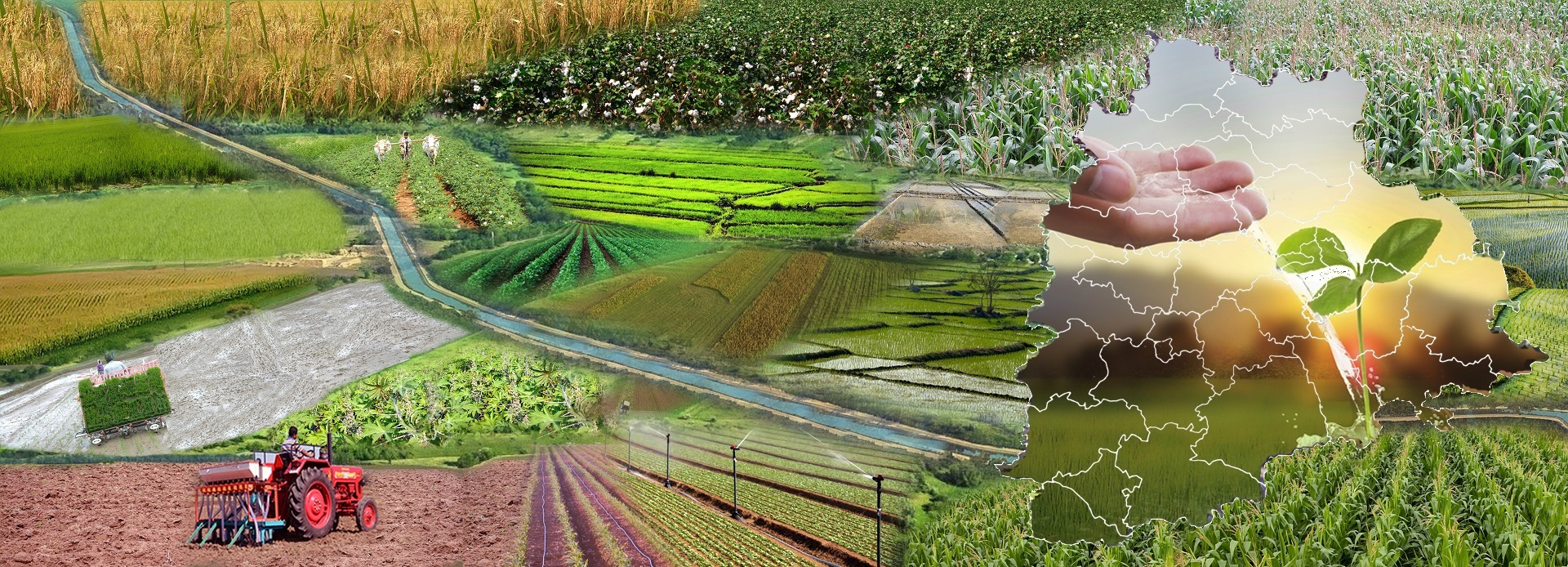



Received: 11-Jun-2021 Published: 02-Jul-2021
Soil is that the basis of the food system. Soil is formed from 45% minerals, 25% water, 5% organic matter and 25% air. Soil supplies essential nutrients, water, root support and oxygen that plants require to grow and produce the required yield. The soil quality is said to the food quality and quantity. Soil may be a critical a part of successful agriculture and is that the original source of the nutrients that we use to grow crops. The nutrients move from the soil into plants that we eat like tomatoes. Nutrients also are a neighborhood of the food animals eat. within the end, we enjoy healthy soil. The healthiest soils produce the healthiest and most abundant food supplies.
Soil acts as a media for the expansion of all plants, it modifies the atmosphere favorable to plants by emitting and absorbing gases and mud , it provides habitat for the organisms, it hold purifies, alters, releases water and processes nutrients, the organisms to use it again and again. Soils are habitats for beneficial soil microbes; these organisms are nature’s hidden helpers. They form synergistic relationships with plants to guard them from stress and supply them with nutrients, among other tasks.
Almost all the antibiotics we fancy combat the infections are from the soil microbes. Soil protects the land from erosion. It maintains the Earth’s temperature, mitigate the impacts of utmost weather . Soil is that the foundation of our buildings, roads, houses, and schools. In fact, soil affects how buildings are made. Soil holds Earth’s history, containing artifacts - from dinosaurs to ancient human civilizations - from our Earth’s past. There’s tons of history stored in soils!
Study of soil resources is critical to the environment, food and fibre production. Understanding techniques to enhance conservation like cover crops, crop rotation, planted wind breaks and conservation tillage that affect both soil fertility and erosion also are important. Fertile soil is rich in nutrients and water highly suitable for agriculture and is the first nutrient base for healthy crops. Rich soil contains pH and first plant nutrients like, nitrogen,phosphorus and potassium due to its previous or decaying content of organic matter along side minor nutrients that help in plant growth.
The relative proportion of sand, silt and clay particles determines the physical properties of soil including the feel . The area of a given amount of soil increases significantly because the particle size decreases. Consequently, the soil textural class also gives a sign of soil chemical properties. the precise proportions of sand, silt and clay during a soil can only be determined during a laboratory. However, a naming system has been developed to approximately describe the relative proportions. This classification of soil are often undertaken within the field where particular properties indicate possible textural classes.